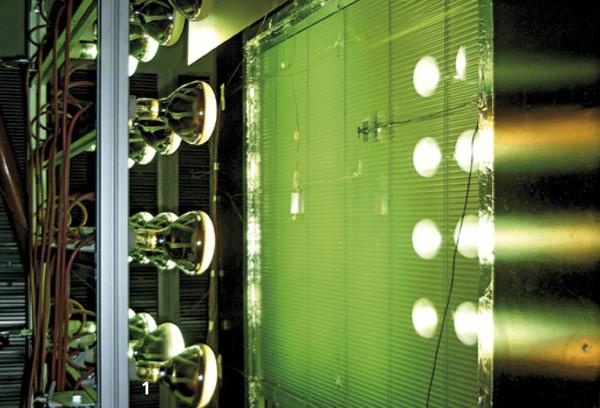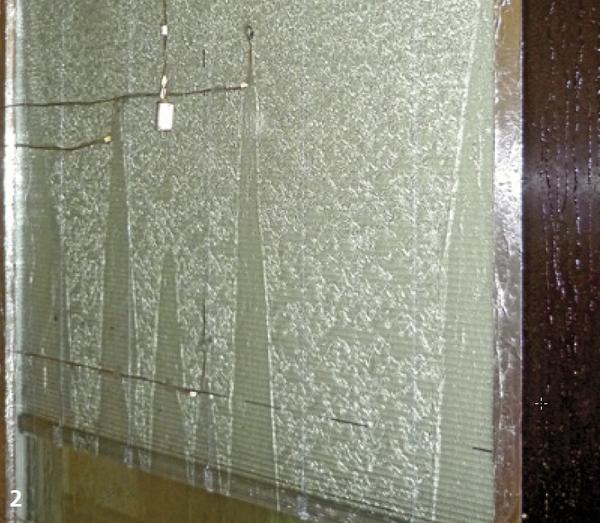Carefully tested – all fine in the sunshine!


Usability tests on blinds in the interstitial space of multi-pane insulating glazing are a necessity to ensure that such systems will last for a long time after their installation. Frequent damage cases show that even tested systems tend to malfunction. Common tests on such systems include endurance tests on originally-sized samples under laboratory conditions with 20,000 up/down cycles, continuous exposure of samples approx. 1 m² to 1.5 m² in size to sunlight over a period of 2,000 hours, as well as air tightness tests, fogging effect tests and others.
The systems currently making inroads into the market – with triple glazing plus blinds between the two outer layers – are exposed to greater thermal stress than conventional double-glazed systems due to the reduced dissipation of heat towards the interior.
Tests with elevated stress conditions were carried on such triple glazing systems with blinds between the panes. During some 30,000 test cycles, the following aspects were studied:
- behavior in both summer and winter temperatures
- rapid temperature changes
- full and partial exposure to sunlight
- full and partial exposure to rain
- behavior when subjected to alternating pressure/vacuum loads.
All tests were performed under different conditions on the same test specimen, which had the same dimensions as the system used in the current construction project.
Test results indicate that most glazing systems of this type tend to fail when temperatures fall below 0 °C. However, they were generally able to withstand higher temperatures and direct sunlight without any problems.